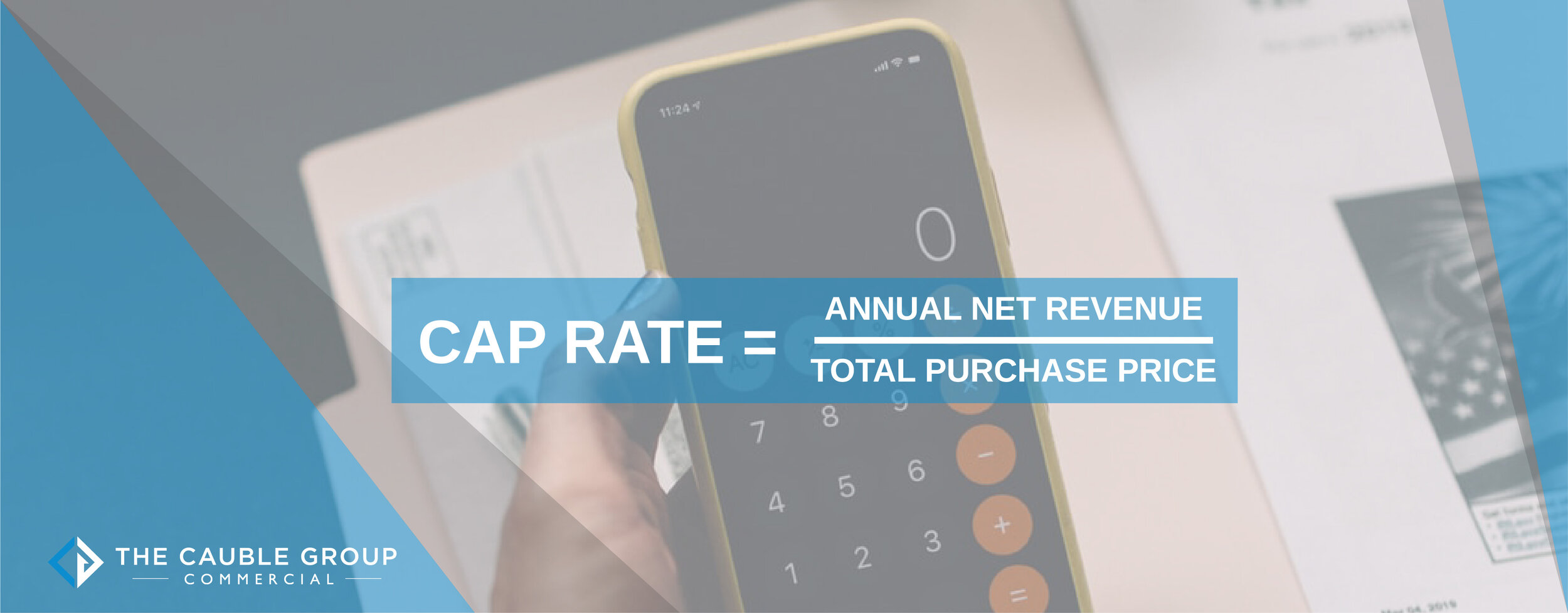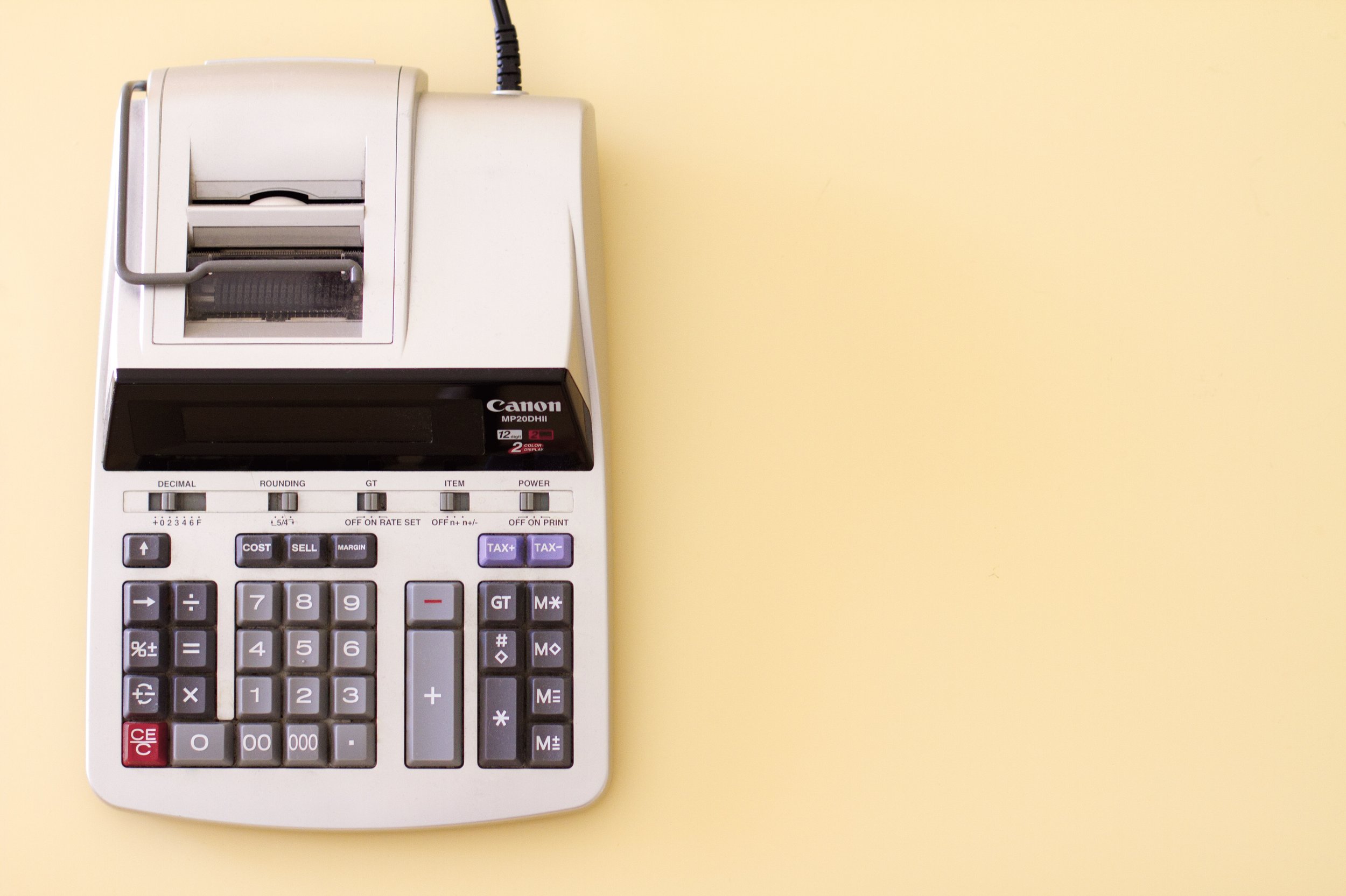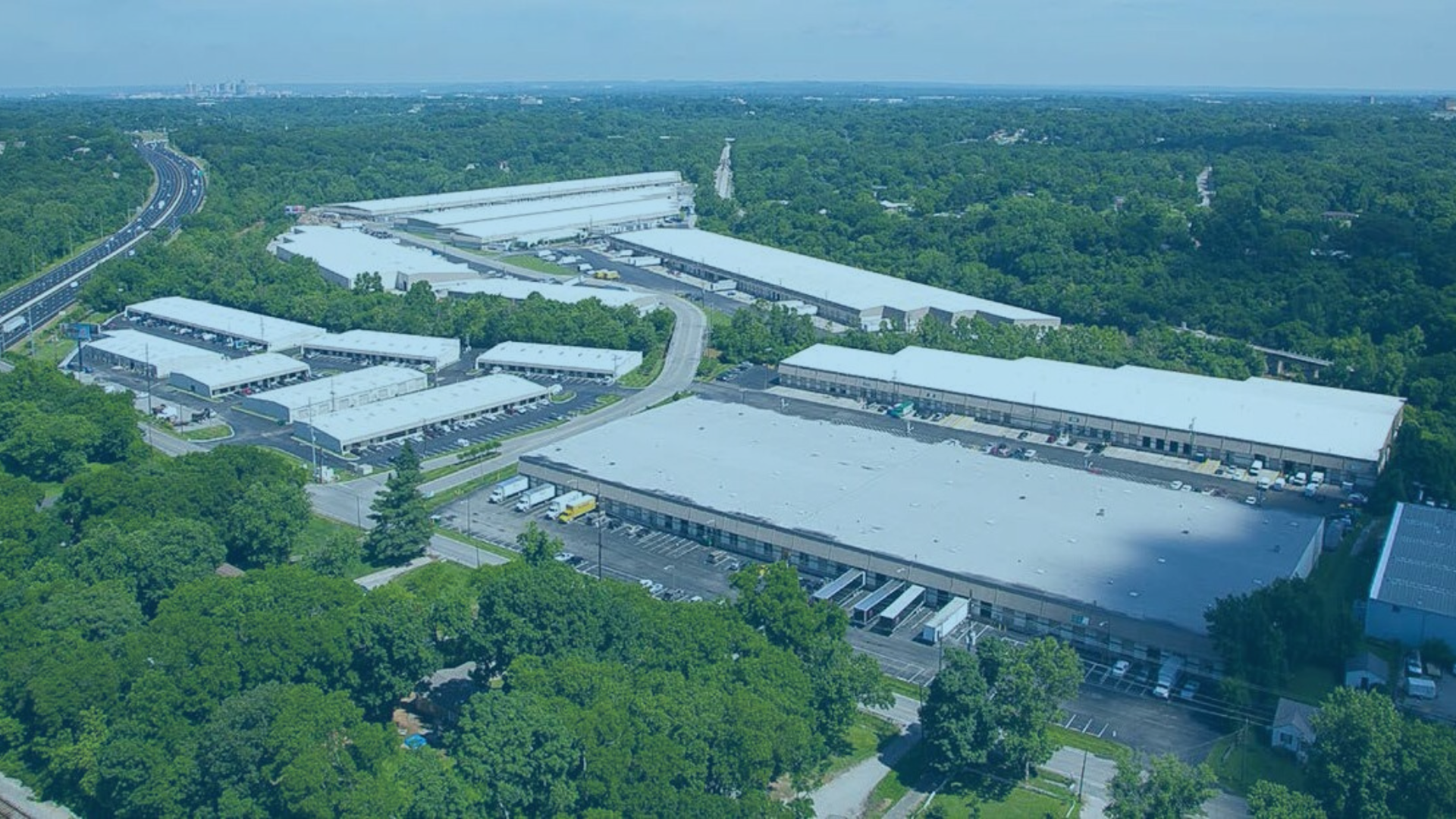How is Commercial Real Estate Valued? Here's the Answer
How is Commercial Real Estate Valued? Here's the Answer
When determining the value of residential real estate, investors have a pretty easy time.
You simply log into the MLS or check Zillow for comparable properties in the area and utilize the price per square foot to determine the value of the asset you’re reviewing.
Analyzing commercial real estate, on the other hand, isn’t quite as simple.
There are four common ways to determine the value of commercial real estate:
Sales comps
Cap rates
Replacement costs
Gross rent multiplier
So, here’s how to determine the value of commercial real estate.
Sales Comparison (Comps)
Similar to residential properties, commercial real estate may also be valued utilizing sales comps.
Comparable properties are similar assets that you can compare by:
Square footage
Location
Type of construction
Year built
Size (low-rise, mid-rise, high-rise)
Acreage
And so much more.
When using this method, you’ll be comparing prices per square foot and adjusting the value based on various different aspects of each site.
Price per Square Foot multiplied by Square Footage = Property Value
$100 / sq. ft. x 10,000 sq. ft. = $1,000,000
The sales comp method is most commonly used when an asset is largely or completely vacant, meaning the income (or lack thereof) adds little to no value to the property.
In this instance, you’ll review the tax records or CRS Data, which is a favorite here at The Cauble Group, to find those comparable properties that have recently sold nearby.
Capitalization Rates
In my experience, the capitalization rate method is the most popular for determining the value of commercial property.
Commercial real estate investments are largely valued based upon the amount of income that they bring in to the owner.
So, investors are essentially purchasing the stability of the cash flow of the asset.
A cap rate is the anticipated cash on cash return if the asset was purchased in all cash.
Annual Net Revenue divided by Total Purchase Price = Cap Rate
$100,000 per year divided by $1,000,000 purchase = 10% cap
So why do investors use cap rates?
Well, each investment group will have a different acquisition method.
Some investors may prefer all cash, some may prefer heavy debt, and others may only utilize light debt.
In each of these instances, the actually amount of cash flow to the investors will change while the property still throws off the same amount in annual revenue.
Replacement Costs
Some investors will purchase assets based on what it would take to replace the asset.
This method is often used hand-in-hand with sales comps because it helps the investor determine if the building is worth buying or if they should simply build a new one.
These buildings will often require some sort of renovation aspect, which will be included in that calculation.
In order to properly use this method, you will need to know the total cost of acquiring land and building a new property.
New Construction Costs minus (Acquisition Cost plus Renovations) = Delta
$170 / sq. ft. minus ($80 / sq. ft. plus $25 / sq. ft.) = $65 / sq. ft. Delta
This delta is intended to show the potential profit for the investor in this scenario.
If the delta is positive, the you could flip the property for a profit or rent it out at market rates. However, if the delta is negative, then you likely don’t have a deal at all.
Gross Rent Multiplier
The Gross Rent Multiplier (GRM) is another solid method for determining a property’s value.
The GRM is a ratio of the total price of the value divided by the gross revenues received from that property.
This number will tell you how many years it would take to pay off the property based on the gross rents received, so a lower number means the investment is a better opportunity.
Total Purchase Price divided by Gross Rents = Gross Rent Multiplier
$100,000 purchase price divided by $10,000 in rent = 10 GRM
In this example, it would take 10 years for the property to pay for itself based on the GRM.
The inverse of this method is used to determine an investor’s value of the property.
If you want your property to pay for itself in 7 years, you would use a GRM of 7.
So, as the investor, you would take the gross revenues of the property you’re looking at and multiply that number by your gross rent multiplier of 7.
Using the example above, an investor would multiply the $10,000 in annual rent times 7 for a total investment value of $70,000.
This number is a bit more subjective than the others, as different investors will apply different GRMs when looking at assets, so it’s not as commonly seen as cap rates or sales comps.
The Market!
At the end of the day, the market ultimately determines the value of a commercial property.
Even if you’re determining value based off of recent sales comps, market cap rates, or other methods, the property is only worth what a buyer is willing to pay for it.
That’s why you’ll see some properties sell for more or less than you feel they’re worth.
Timing in an acquisition or disposition can be everything.
About The Author:
Tyler Cauble, Founder & President of The Cauble Group, is a commercial real estate broker and investor based in East Nashville. He’s the best selling author of Open for Business: The Insider’s Guide to Leasing Commercial Real Estate and has focused his career on serving commercial real estate investors as a board member for the Real Estate Investors of Nashville.
















If you're serious about real estate investing, it's time to look beyond those quaint single-family homes.
Bold statement? Absolutely. But stick with me here.
Now, don't get me wrong. Investing in a single-family home beats twiddling your thumbs on the sidelines of the real estate game. And yes, I'll even go out on a limb and say that residential real estate still outshines many other investment vehicles out there.
But that's not why we're here today, is it?
I'm about to lay out five reasons why commercial real estate should be your go-to play.